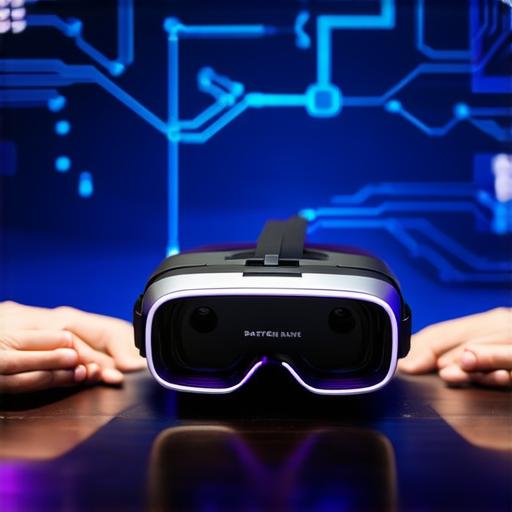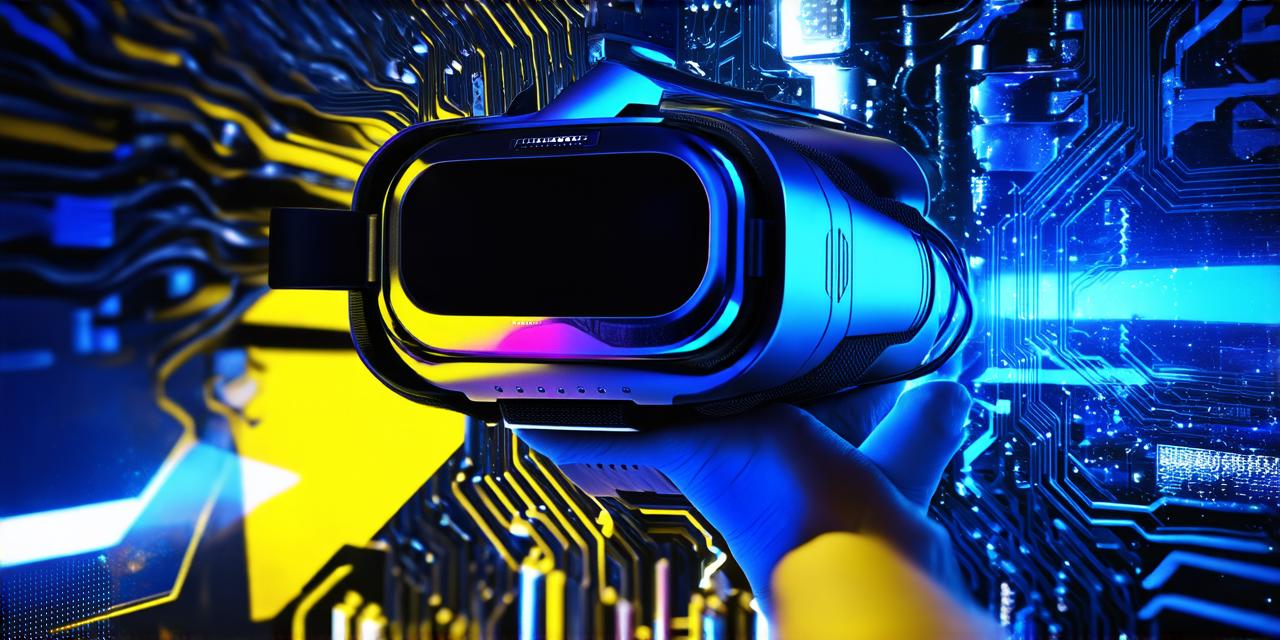Virtual reality (VR) is a rapidly growing technology that allows users to experience immersive digital environments as if they were real. While the concept of VR dates back to the 1960s, it has only been in the past few years that the technology has advanced enough to become accessible to consumers. In this article, we will explore how virtual reality is created and the various components that make it possible.
What is Virtual Reality?
Virtual reality is a computer-generated simulation of a 3D environment that can be interacted with in real time. It uses a headset or display device to create an immersive experience for the user, who perceives the simulated environment as if it were real. There are two main types of VR: room-scale and motion capture.
How is Virtual Reality Created?

Virtual reality is created using a combination of hardware and software. The hardware components include the VR headset or display device, motion tracking sensors, and computer hardware. The software components include game engines, development tools, and content creation software.
The first step in creating virtual reality is designing the environment. This involves using 3D modeling software to create the various objects and elements that will make up the environment. Once the environment is designed, it must be programmed to respond to user input and provide a seamless interactive experience.
Next, motion tracking sensors are used to track the movement of the user within the virtual environment. These sensors can be attached to the VR headset or other parts of the body, such as gloves or shoes, to provide accurate tracking data. The motion tracking data is then fed into the software, which uses it to update the position and orientation of the user’s avatar within the virtual environment.
Finally, the virtual reality experience is rendered in real time using computer hardware. This involves processing large amounts of data from the motion tracking sensors and 3D modeling software to create a seamless, immersive experience for the user.
Summary
Virtual reality is a complex technology that requires careful planning and execution to create an immersive, interactive experience for users. From designing the environment to programming the motion tracking sensors and rendering the experience in real time, every aspect of virtual reality must be carefully considered to ensure a seamless and engaging experience for the user. As virtual reality continues to evolve and advance, we can expect to see even more innovative and immersive experiences in the future.
